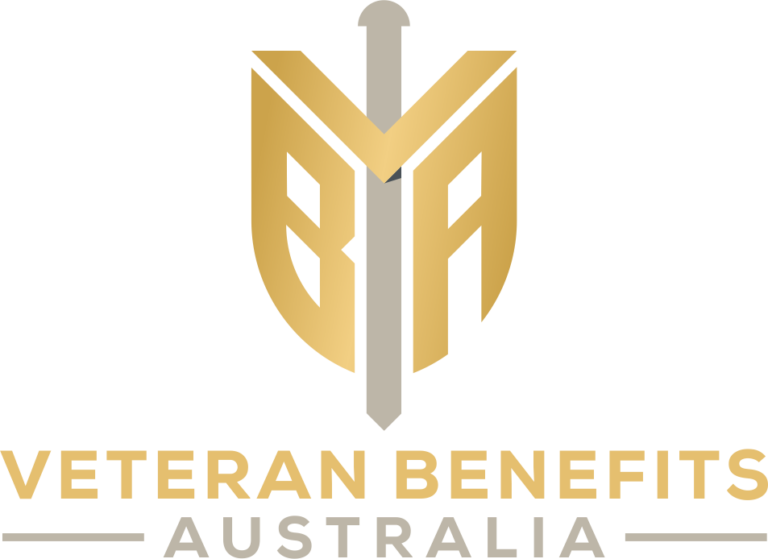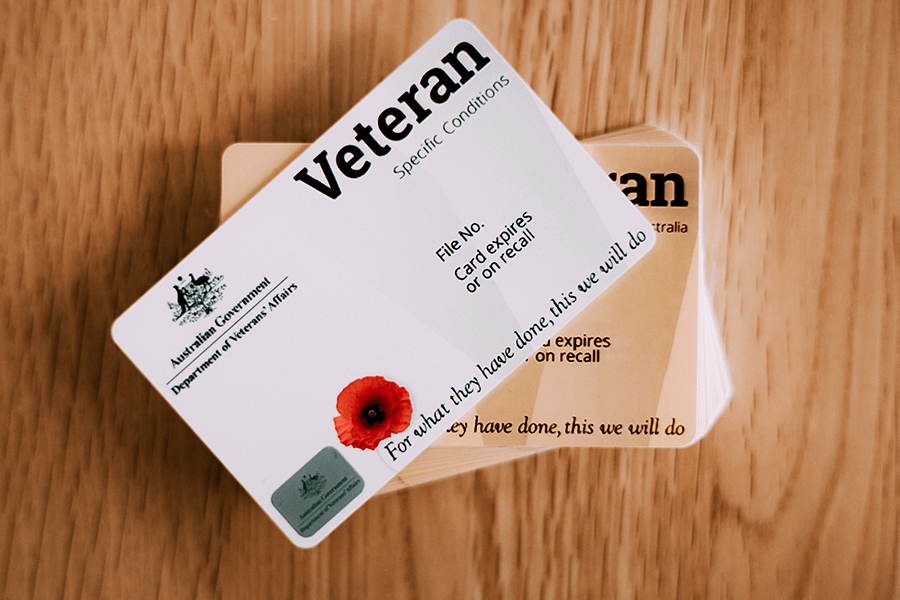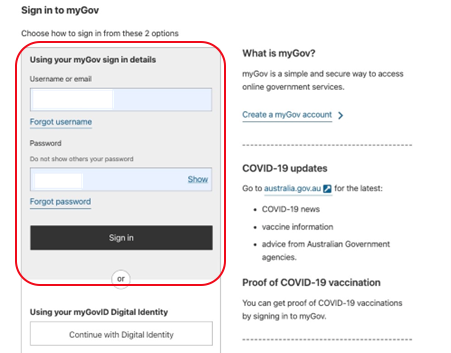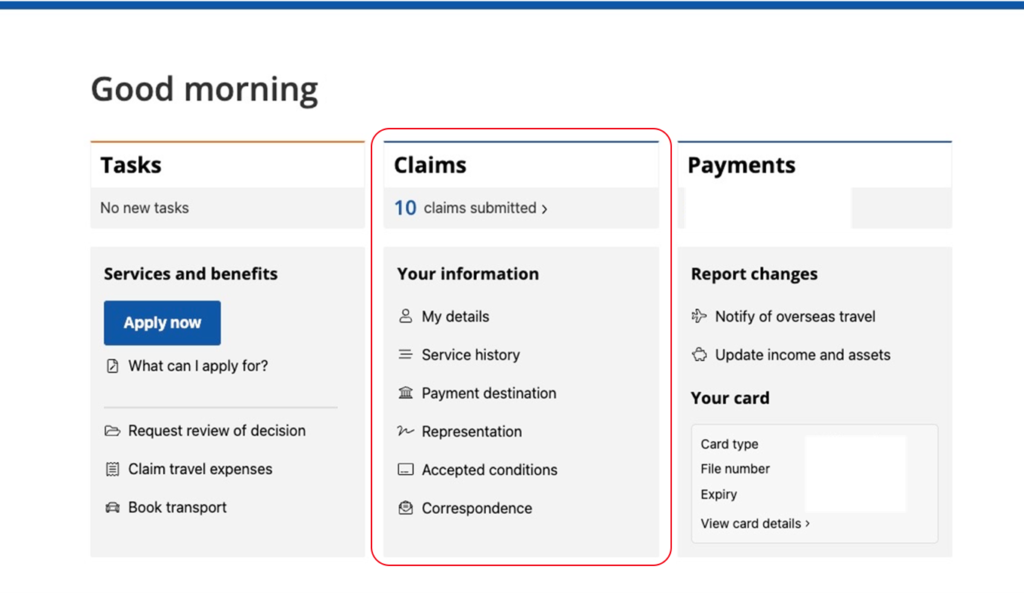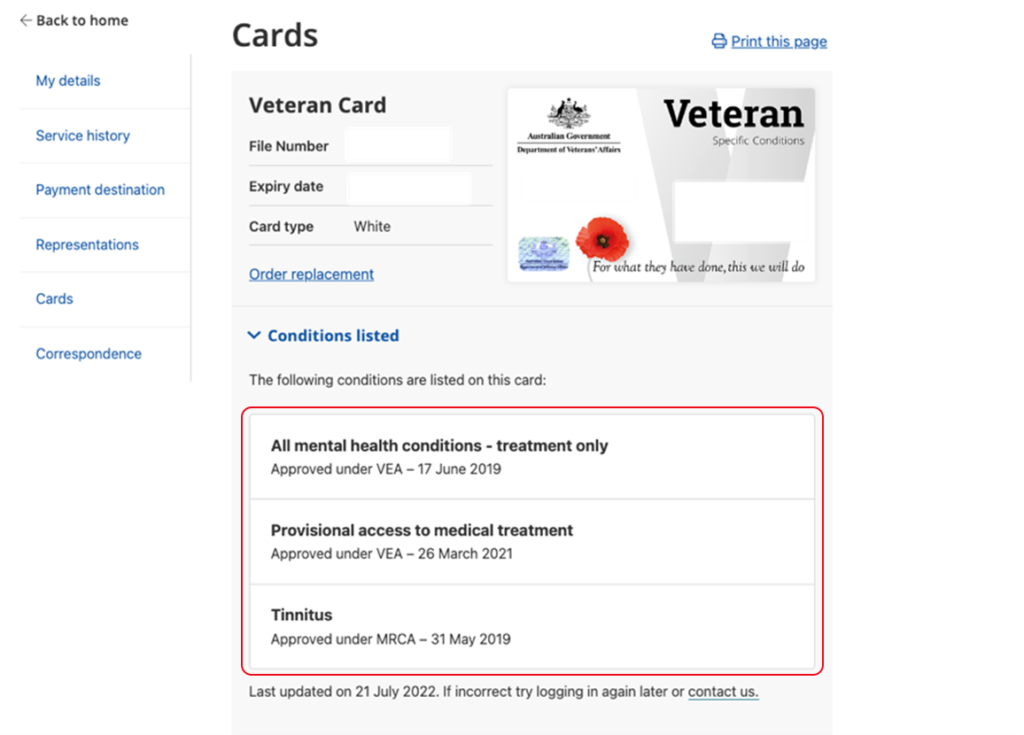Military service often demands physical resilience and endurance from veterans. However, it can also lead to a range of musculoskeletal injuries due to the physical demands and challenging conditions of service. Whether it’s combat-related trauma, heavy lifting, or long deployments, many veterans face these injuries upon returning to civilian life. In this article, we will explore some of the common musculoskeletal injuries among veterans and how physiotherapy plays a crucial role in their recovery.
Common Musculoskeletal Injuries in Veterans
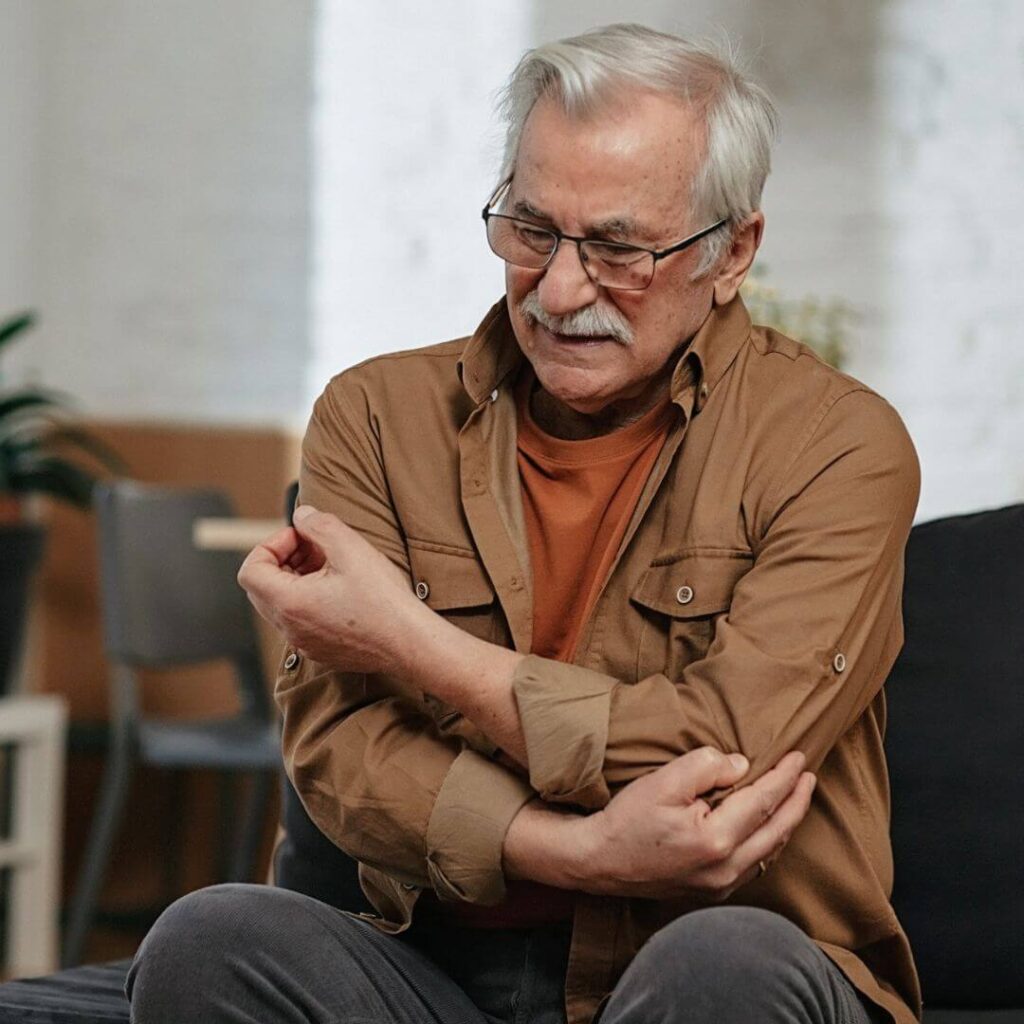
Back Pain and Spinal Injuries
One of the most prevalent musculoskeletal issues among veterans is back pain. Carrying heavy equipment, long hours of standing or sitting in awkward positions, and combat trauma can all contribute to spinal injuries and back pain.
Joint Injuries
Veterans often experience joint injuries, such as knee or shoulder injuries, due to the physical demands of their service. These injuries can result from sudden trauma, overuse, or repetitive stress on the joints.
Fractures and Dislocations
Combat situations can lead to fractures and dislocations, often requiring surgical interventions. Recovering from such injuries can be a long and challenging process.
Soft Tissue Injuries
Injuries to soft tissues like muscles, tendons, and ligaments are common in military service. Strains, sprains, and other soft tissue injuries can limit mobility and cause chronic pain.
Osteoarthritis
Veterans may develop osteoarthritis, a degenerative joint disease, as a result of combat-related injuries or long-term wear and tear on their joints.


The Role of Physiotherapy in Treating Musculoskeletal Injuries
Physiotherapy plays a crucial role in addressing these common musculoskeletal injuries among veterans. Here’s how physiotherapy helps:
Assessment and Diagnosis
Physiotherapists begin by conducting a comprehensive assessment to understand the nature and extent of the injury. This assessment includes physical examinations, imaging, and discussions with the veteran to pinpoint the cause and severity of the injury.
Pain Management
Chronic pain is a significant concern for veterans with musculoskeletal injuries. Physiotherapists use various pain management techniques, such as manual therapy, modalities like heat and cold therapy, and therapeutic exercises to alleviate pain and discomfort.
Rehabilitation Exercises
Physiotherapists design tailored exercise programs to strengthen the affected areas, improve flexibility, and enhance mobility. These exercises are an essential component of the rehabilitation process and aid in restoring functionality.
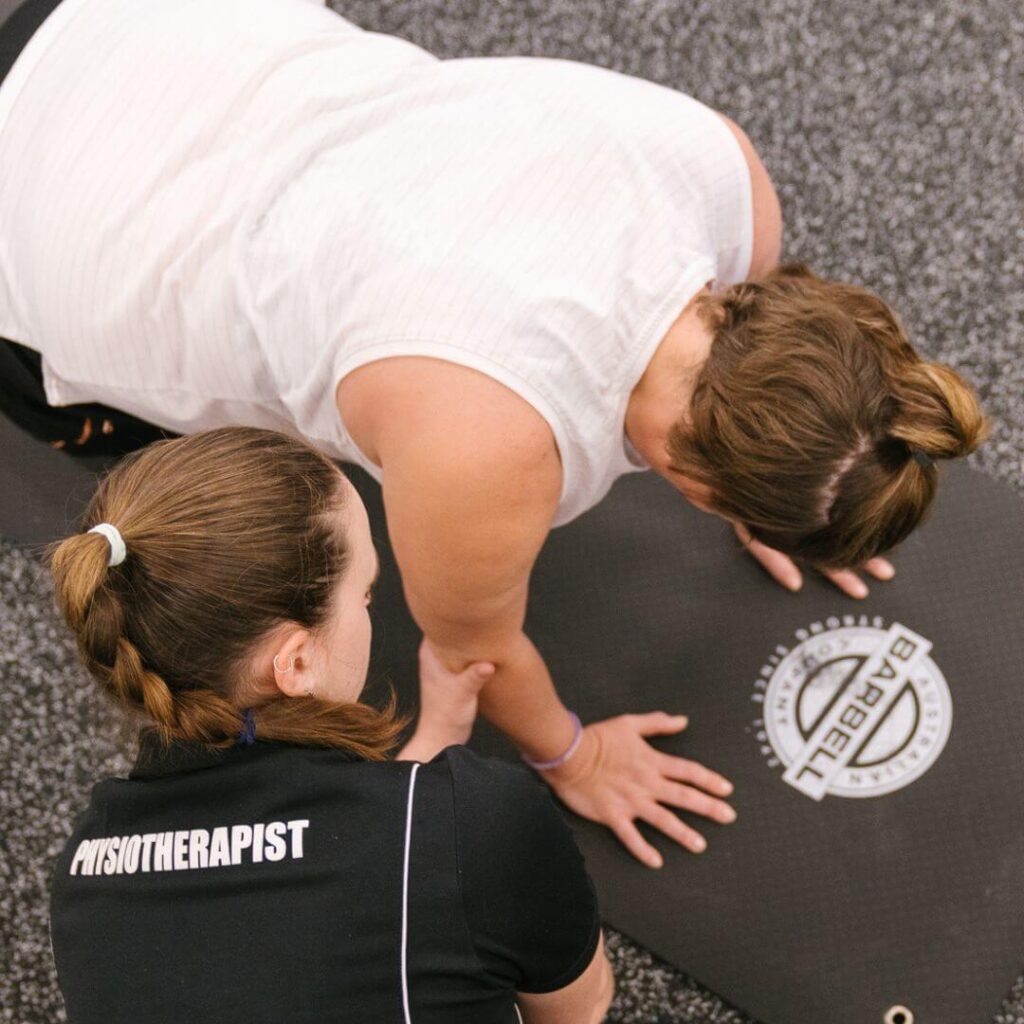
Manual Therapy
Manual therapy techniques, such as joint mobilization and soft tissue manipulation, are used to improve joint function and reduce pain. Physiotherapists apply these techniques to specific areas affected by the injury.
Mobility Improvement
For veterans with mobility issues, physiotherapy offers mobility training, balance exercises, and recommendations for assistive devices such as braces or crutches. These interventions help veterans regain their independence.
Prevention of Secondary Complications
Physiotherapists design tailored exercise programs to strengthen the affected areas, improve flexibility, and enhance mobility. These exercises are an essential component of the rehabilitation process and aid in restoring functionality.
Psychological Support
Dealing with a musculoskeletal injury can be emotionally challenging. Physiotherapists provide emotional support and create a supportive environment, contributing to veterans’ overall well-being.
Rehabilitation Protocols and Exercises
Physiotherapists design rehabilitation programs that are tailored to the specific needs of veterans with musculoskeletal injuries. These programs may include the following components:
Stretching Exercises
Stretching exercises improve flexibility and reduce the risk of muscle imbalances, common after injuries. For example, veterans with knee injuries may benefit from hamstring and quadriceps stretching.
Strengthening Exercises
Strengthening exercises target the muscles around the injured area. For instance, veterans with shoulder injuries may engage in rotator cuff strengthening exercises to enhance joint stability.
Balance and Proprioception Training
Balance and proprioception exercises help veterans regain stability, especially after injuries affecting the lower limbs. These exercises can be vital for reducing the risk of falls.
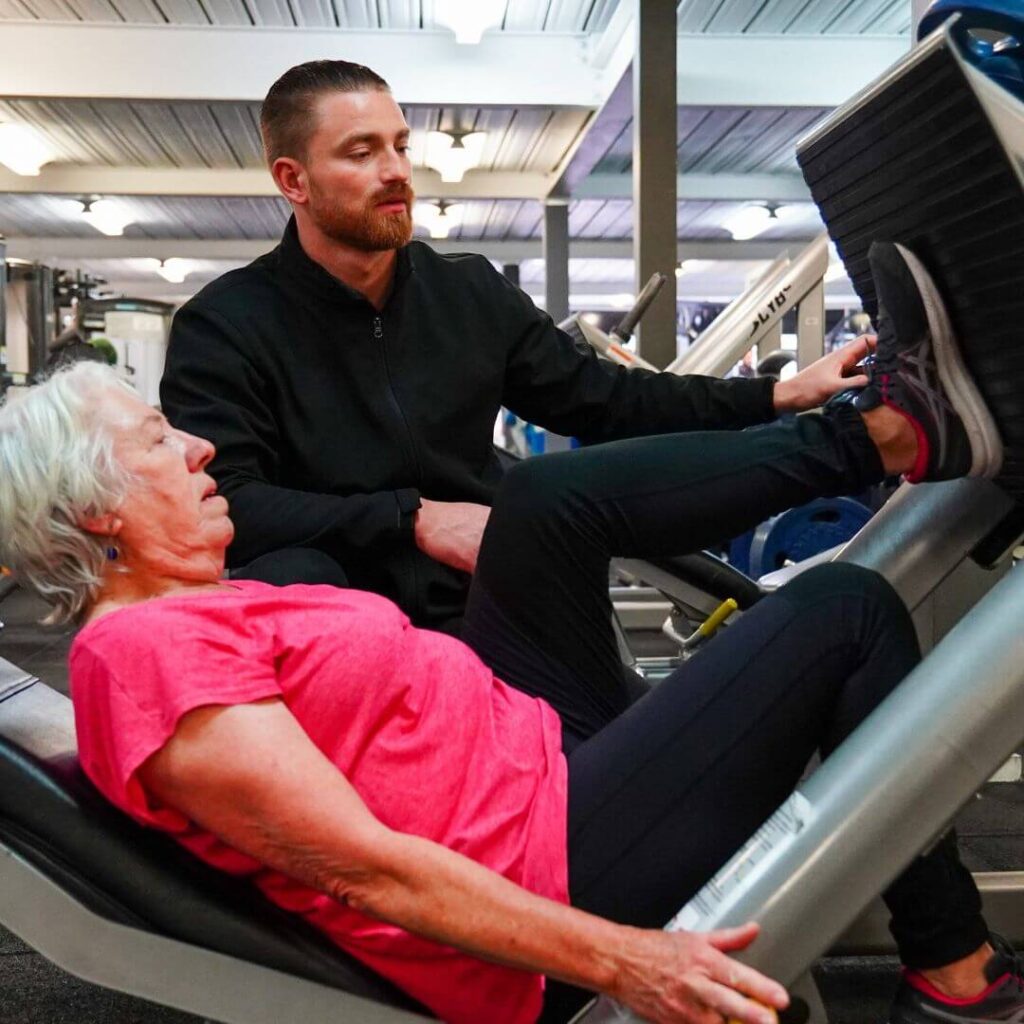
Gait Training
Gait training helps veterans with mobility issues relearn how to walk safely and efficiently. It is particularly valuable for those recovering from fractures or joint surgeries.
Pain Relief Modalities
Physiotherapists may use modalities like hot or cold therapy, ultrasound, or transcutaneous electrical nerve stimulation (TENS) to manage pain and inflammation.
Assistive Devices
Recommendations for assistive devices, such as braces, crutches, or orthotics, are made when necessary to support veterans in their recovery.
Home Exercise Programs
Physiotherapists often provide veterans with home exercise programs to continue their rehabilitation outside of clinic sessions. Consistent exercise at home is essential for ongoing progress.
Preventing Musculoskeletal Injuries in Veterans
Prevention is always preferable to treatment. To reduce the risk of musculoskeletal injuries among veterans, several strategies can be employed:
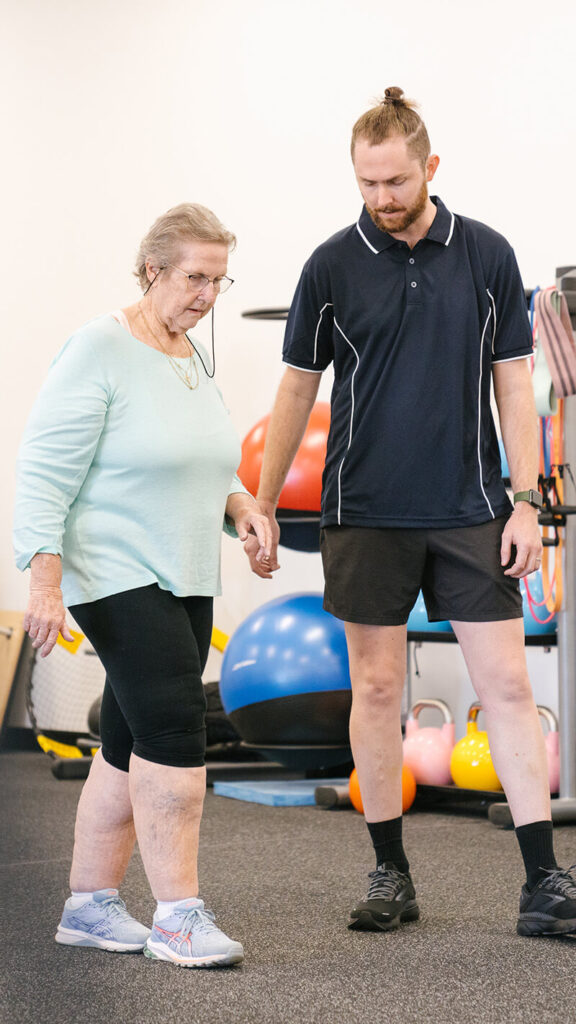
Comprehensive Training
Proper training in physical fitness and the use of equipment can reduce the risk of injury during service.
Weight Management
Maintaining a healthy weight is crucial for joint health. Excess weight can put added stress on joints and increase the risk of injury.
Regular Exercise
Encouraging veterans to maintain regular exercise routines, even after their service, can help keep their musculoskeletal system healthy and strong.
Ergonomic Workstations
In civilian life, ensuring ergonomic workstations can reduce the risk of back pain and musculoskeletal injuries.
Mental Health Support
Mental health support, including stress management and PTSD treatment, is essential as psychological well-being can influence physical health.
Innovations in Musculoskeletal Injury Rehabilitation
The field of physiotherapy continually evolves, and innovative approaches are emerging to enhance the rehabilitation of veterans with musculoskeletal injuries. Some of the promising innovations include:
Virtual Rehabilitation
Virtual reality and telehealth services are making it possible for veterans to access physiotherapy from remote locations, improving accessibility and continuity of care.
Biomechanical Analysis
Advanced biomechanical analysis techniques help physiotherapists better understand the movement patterns of veterans. This information informs rehabilitation programs for a more personalized approach.
Pain Management Technology
Emerging technologies, such as wearable pain management devices, can provide veterans with real-time pain relief and monitoring.
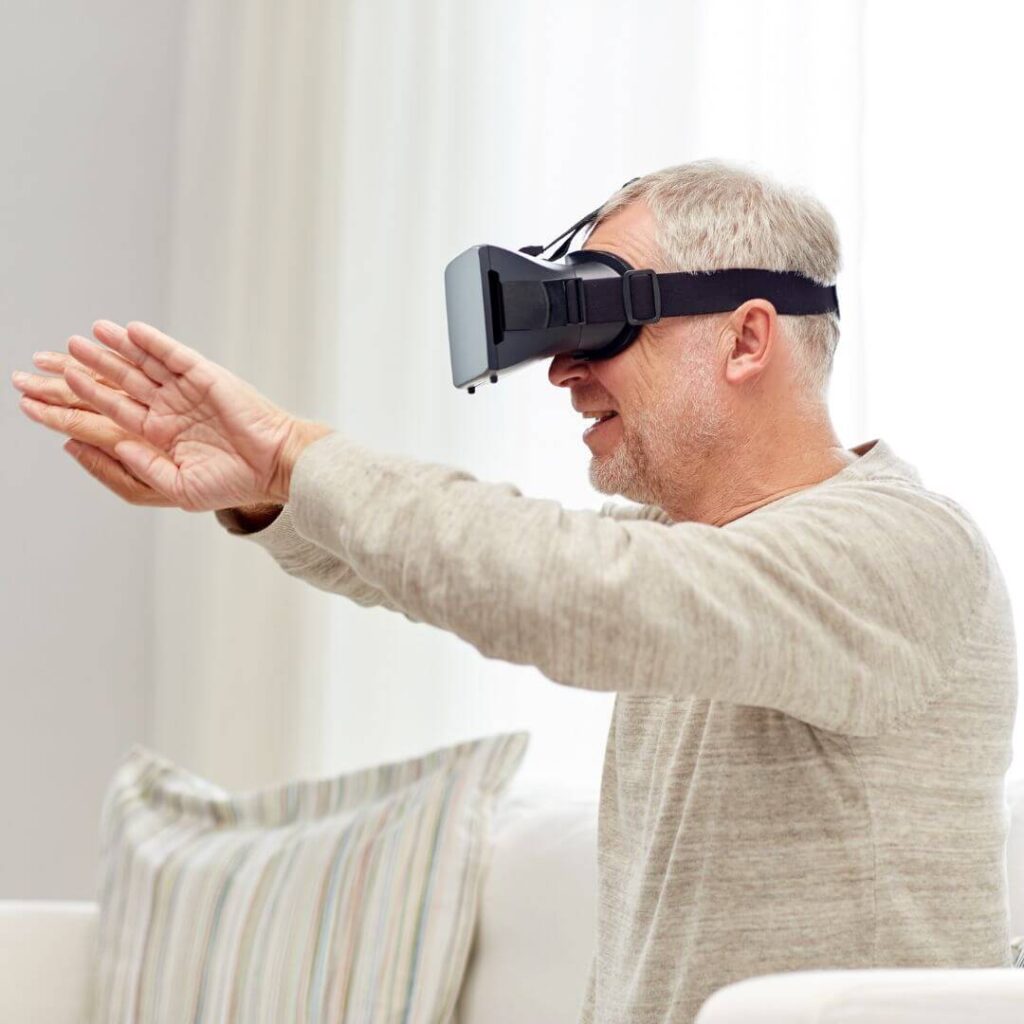
Musculoskeletal injuries are a common challenge faced by veterans after their service. Physiotherapy emerges as a vital and transformative resource for veterans in their journey to recovery. With a comprehensive approach to assessment, pain management, rehabilitation exercises, and emotional support, physiotherapists make a substantial difference in the lives of veterans dealing with musculoskeletal injuries.
Through innovation and ongoing research, the field of physiotherapy continues to advance, offering veterans the hope of regaining their mobility, reducing pain, and improving their overall quality of life. For those who have served their nation, physiotherapy plays a critical role in honouring their sacrifice and ensuring they can enjoy a fulfilling life post-service.
